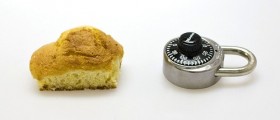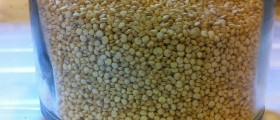
Introduction
Making a choice between sorts of breakfast cereals may not be as easy as it looks. You could, for example, easily find cereals with no fiber at all and you could find cereals with a lot of it, or cereals with no sugar, opposite to cereals with more sugar than average cookie. According to experts, the importance of right choice of cereals lies within the fact that you may consume plenty of good stuff through cereals, as well as you can consume plenty of nothing.
These experts advise you to consume cereals with whole grains, rich in fibers because they can lower the risk of diabetes or heart attack. Opposite to that, cereals with refined grains will not help you improve your health, will not lower the risk of some diseases and will not improve your body-mass index. So, we come to the conclusion. Consumption of cereals made of whole grains is much healthier than eating cereals made of refined grains.
Taste, nutrition or both
As you may assume, the main trick is to find cereals that taste good and contain all the fibers your body needs. This is mainly due to the one simple fact: If it doesn't taste good, you probably won't eat it. If cereals contain artificial flavors or colors, then they probably aren't that good. In that case, you might want to try adding dried fruit to your cereals. For example, a quarter of a daily cup of raisins contain enough fiber, to satisfy your body's needs. Off course, within that quarter of a cup of raisins, lies 5-6 grams of sugar... The best thing to do is to read the declaration when you buy something and to calculate the ingredients.
Bran
Bran's biggest plus is a large amount of fiber and low glycemic index. This means that you may find the bran cereals filling, but reduce the chance of gaining some weight. Some studies concluded that middle aged and elderly people, who eat bran cereals for breakfast, had much lower tendency to gain weight than people who eat refined cereals.
Sugar
There isn't specific guideline for how much sugar should be in cereals. If the sugar is in the first or second place in table of contents, then you might want to avoid that kind of cereals. One mathematical formula should put more light on things:
1. Because 1 gram of sugar contains 4 calories, multiply the grams of sugar per one serving by 4.
2. Divide this number by total amount of calories per one serving.
3. Multiply this number by 100 and you'll get the percentage of calories that come from sugar by one serving.
If cereals contain less than 30% of calories from sugar, and if there is plenty of fiber, they are good for you. It is even better if they contain fruit and taste good.

















Your thoughts on this
Loading...